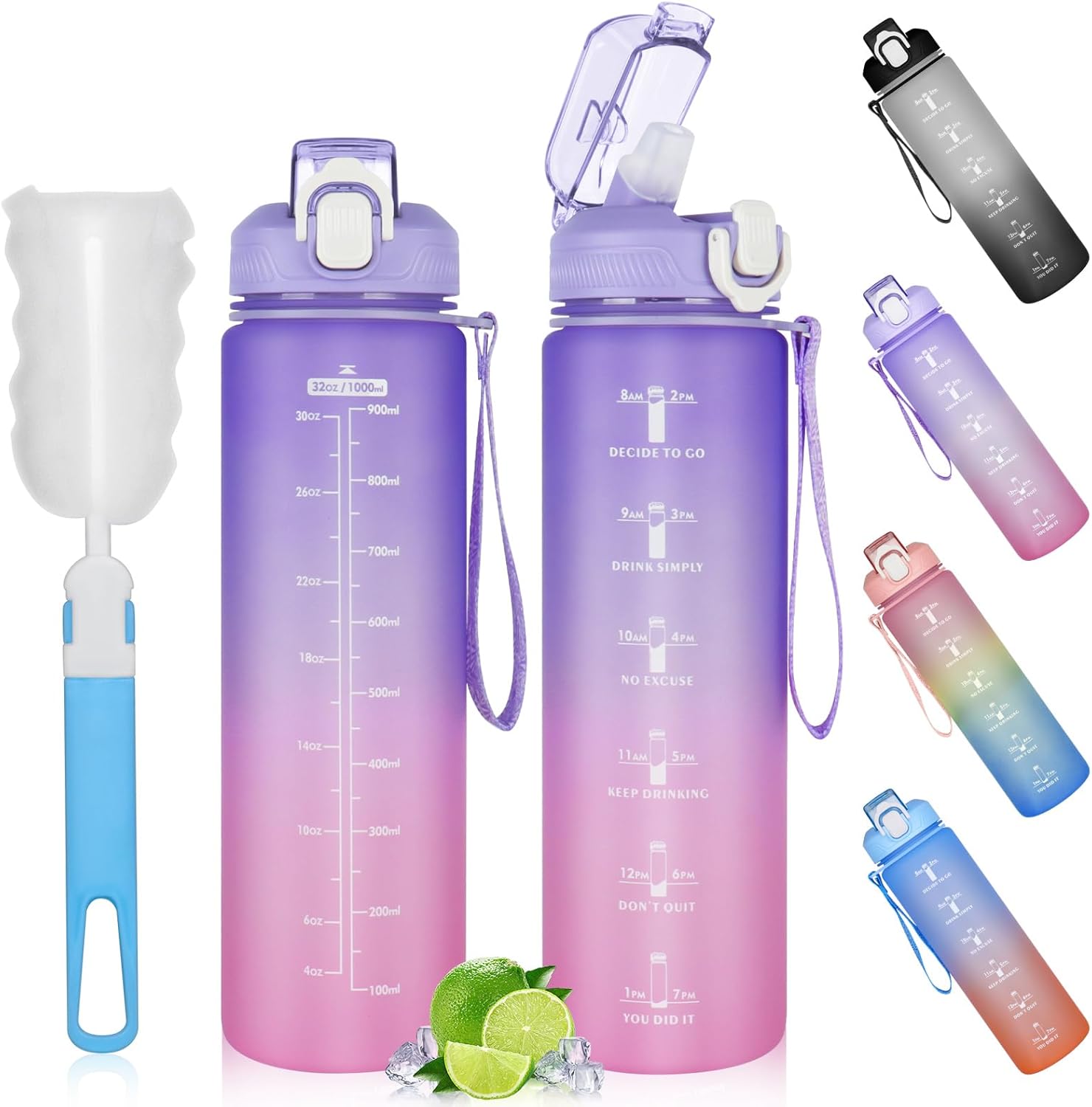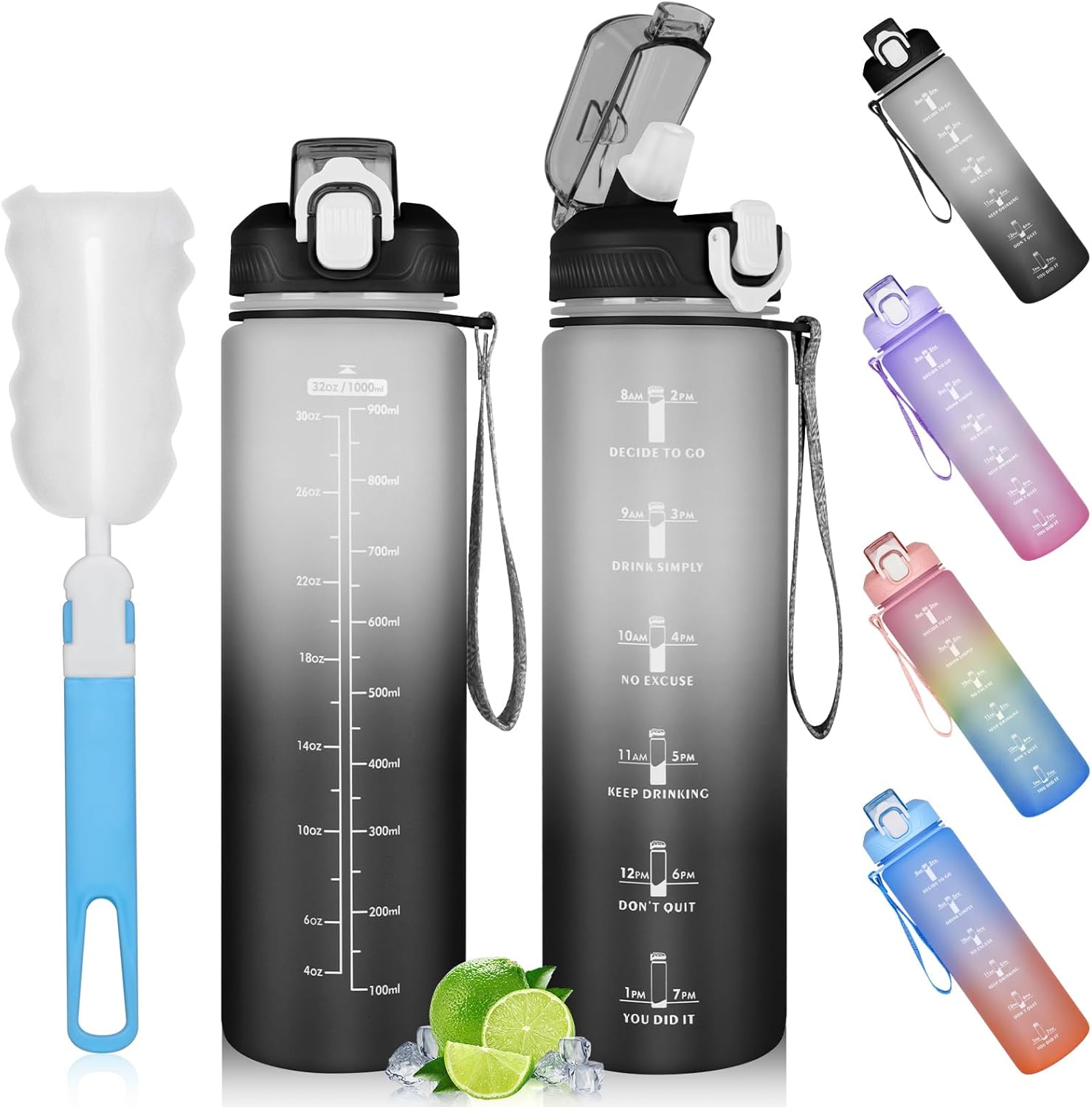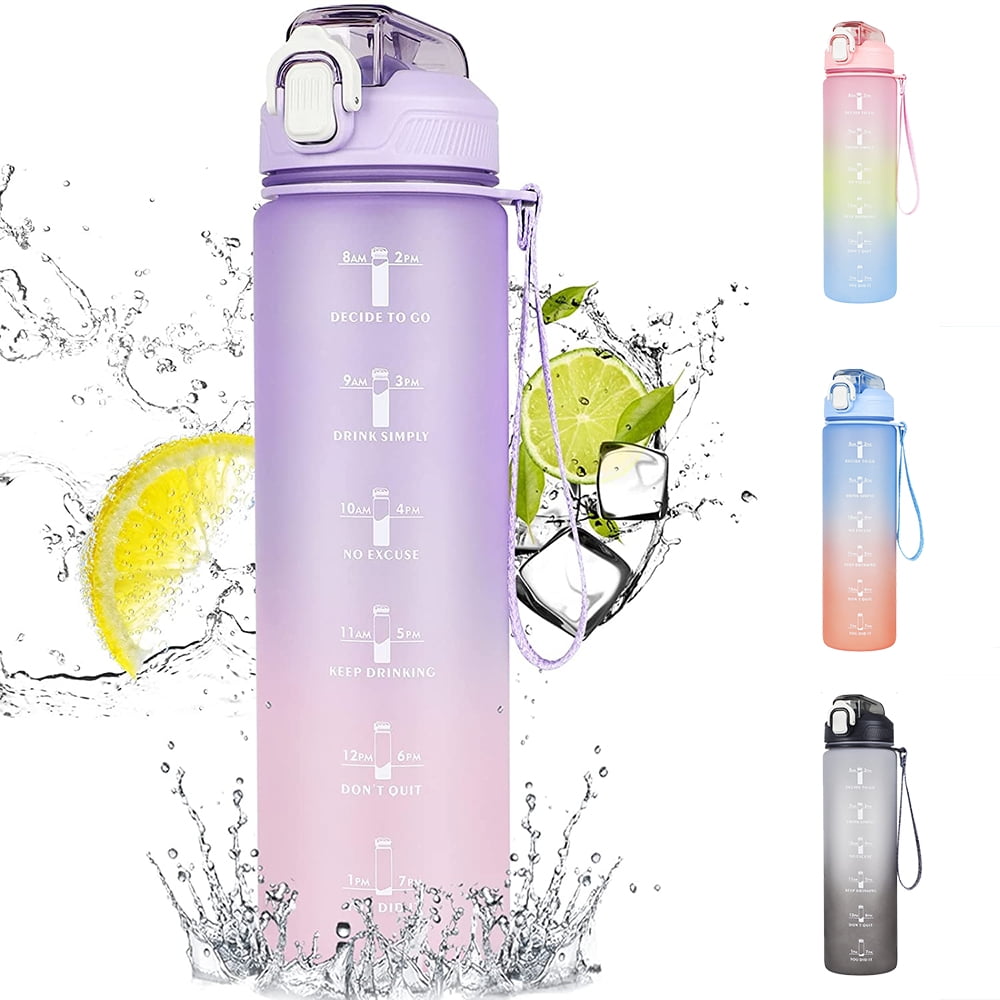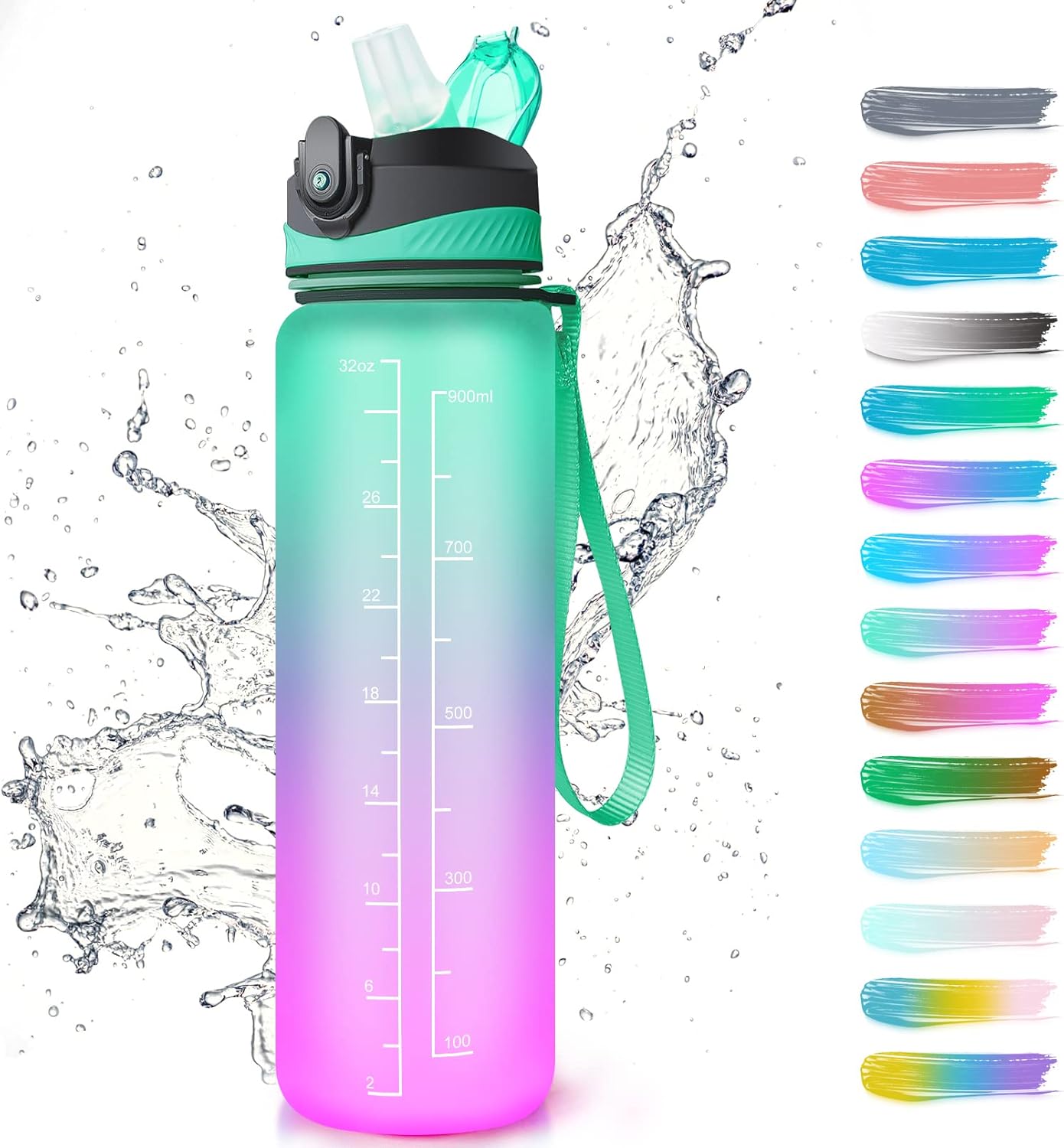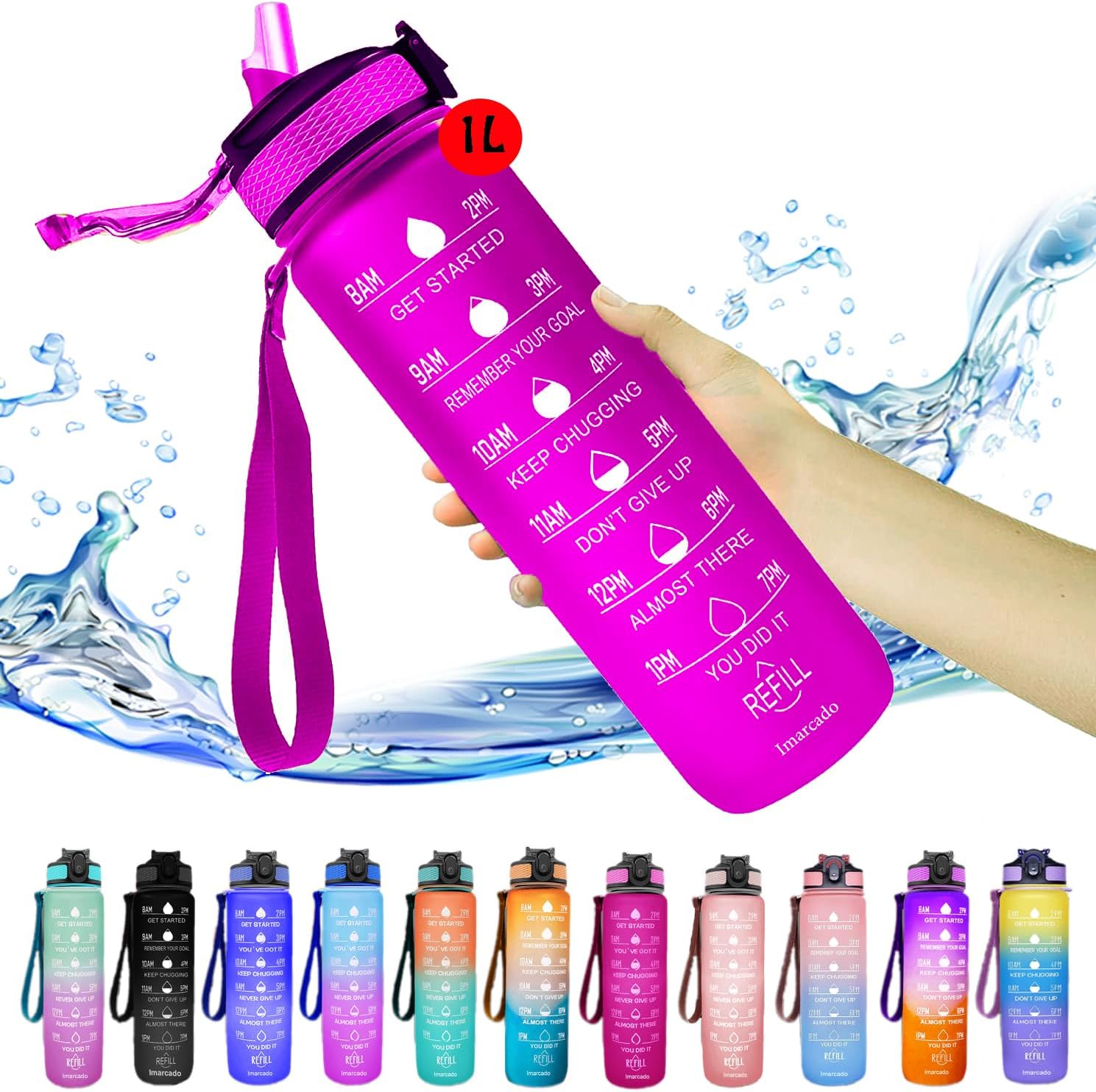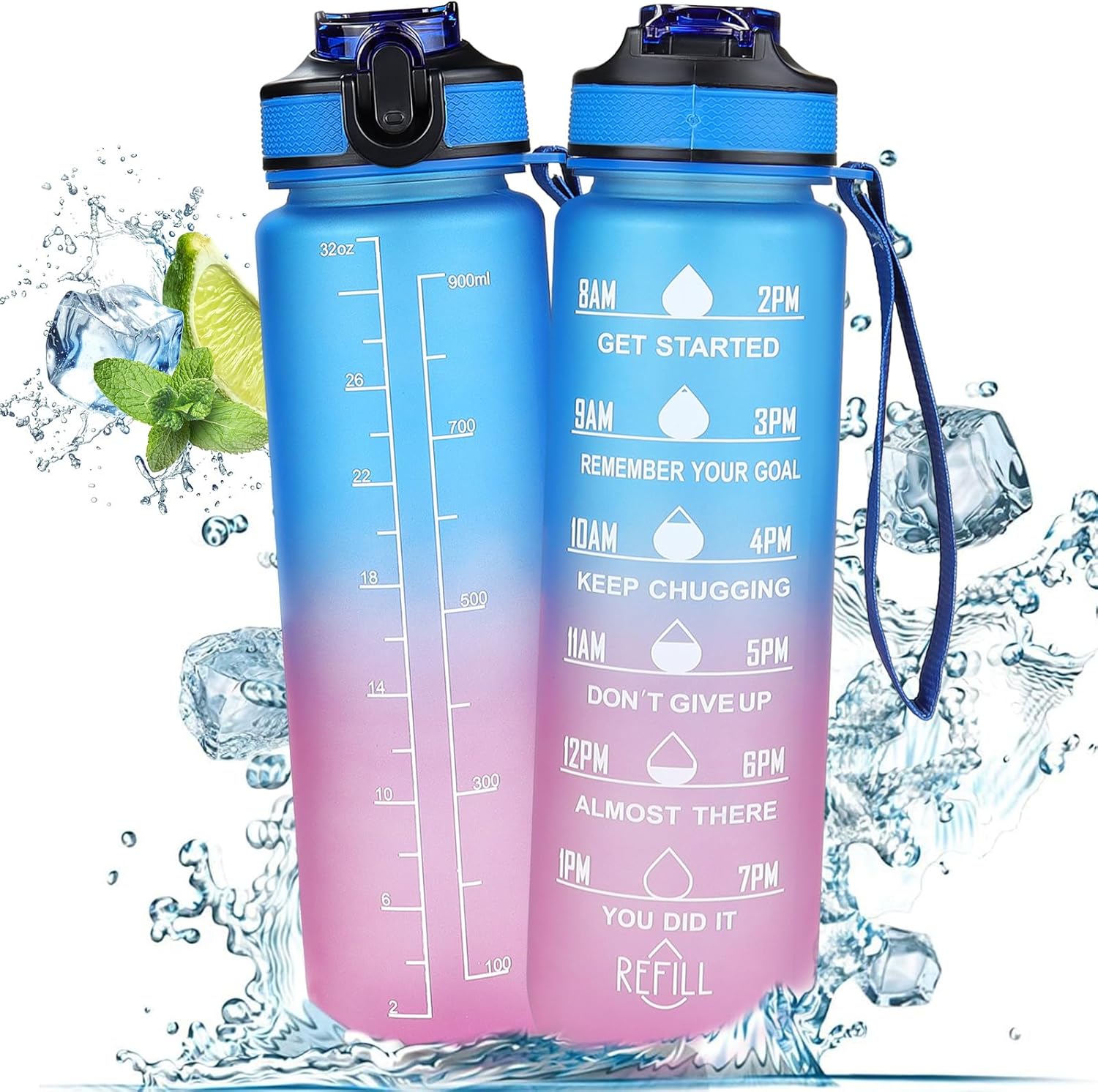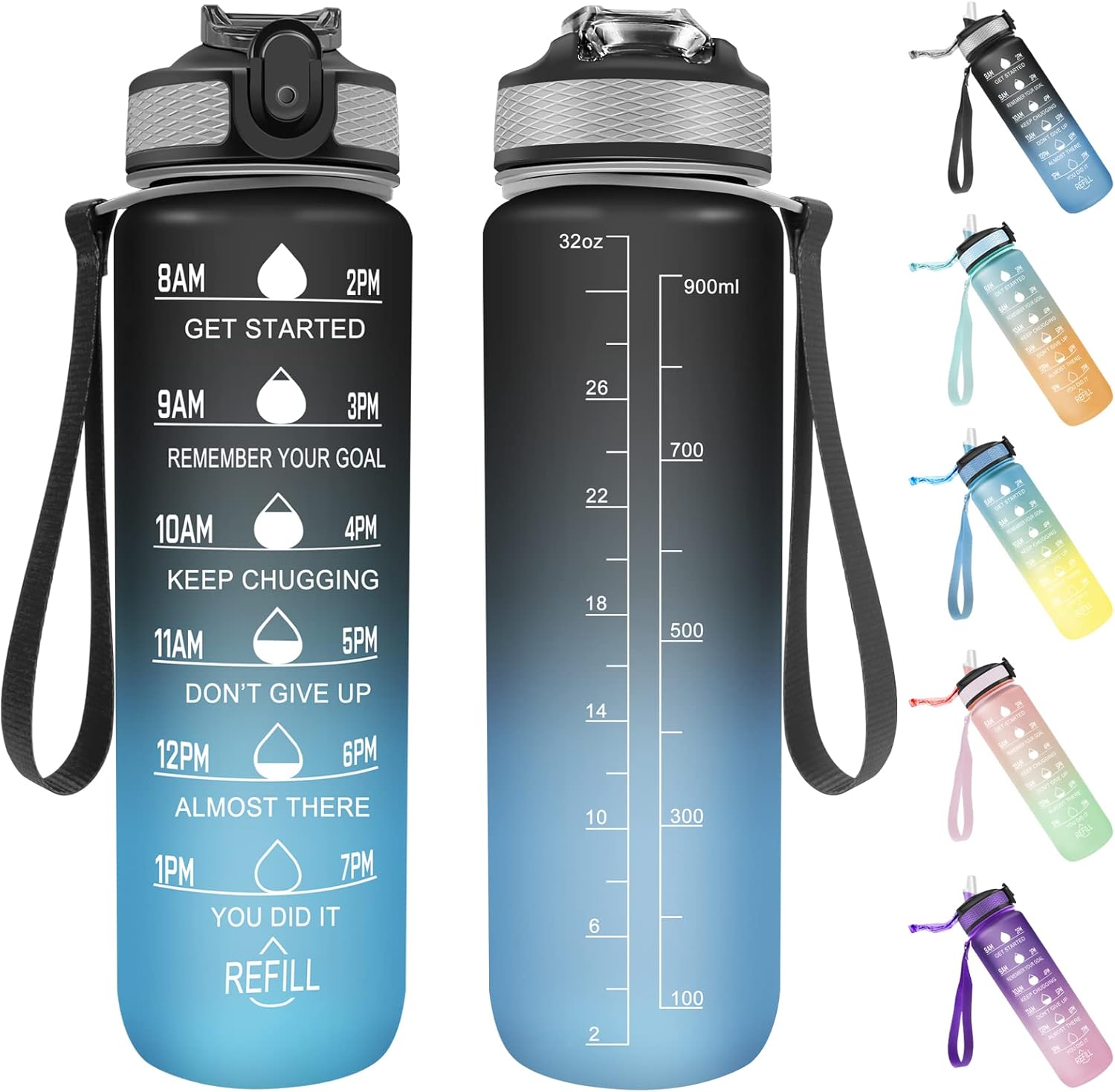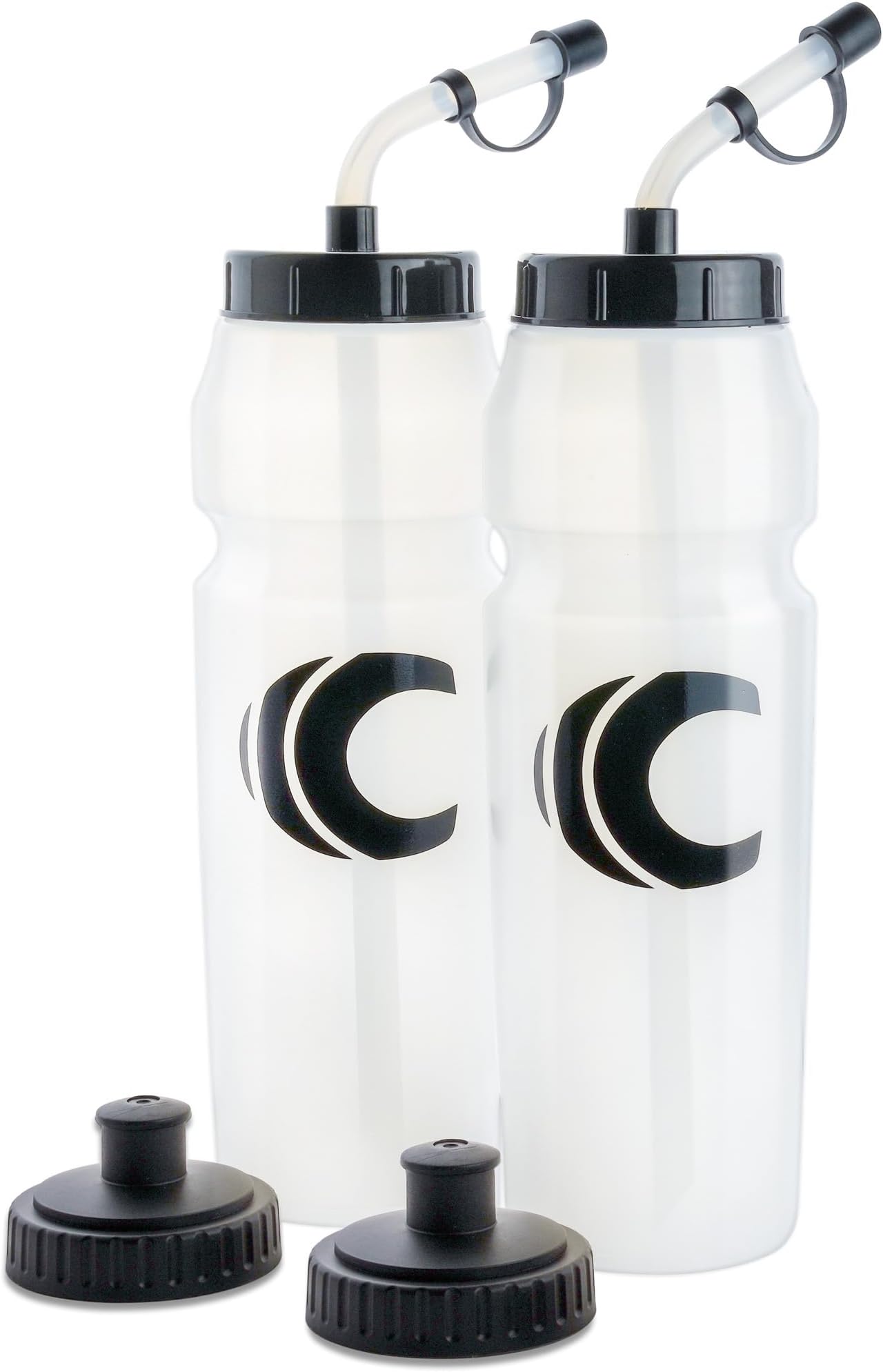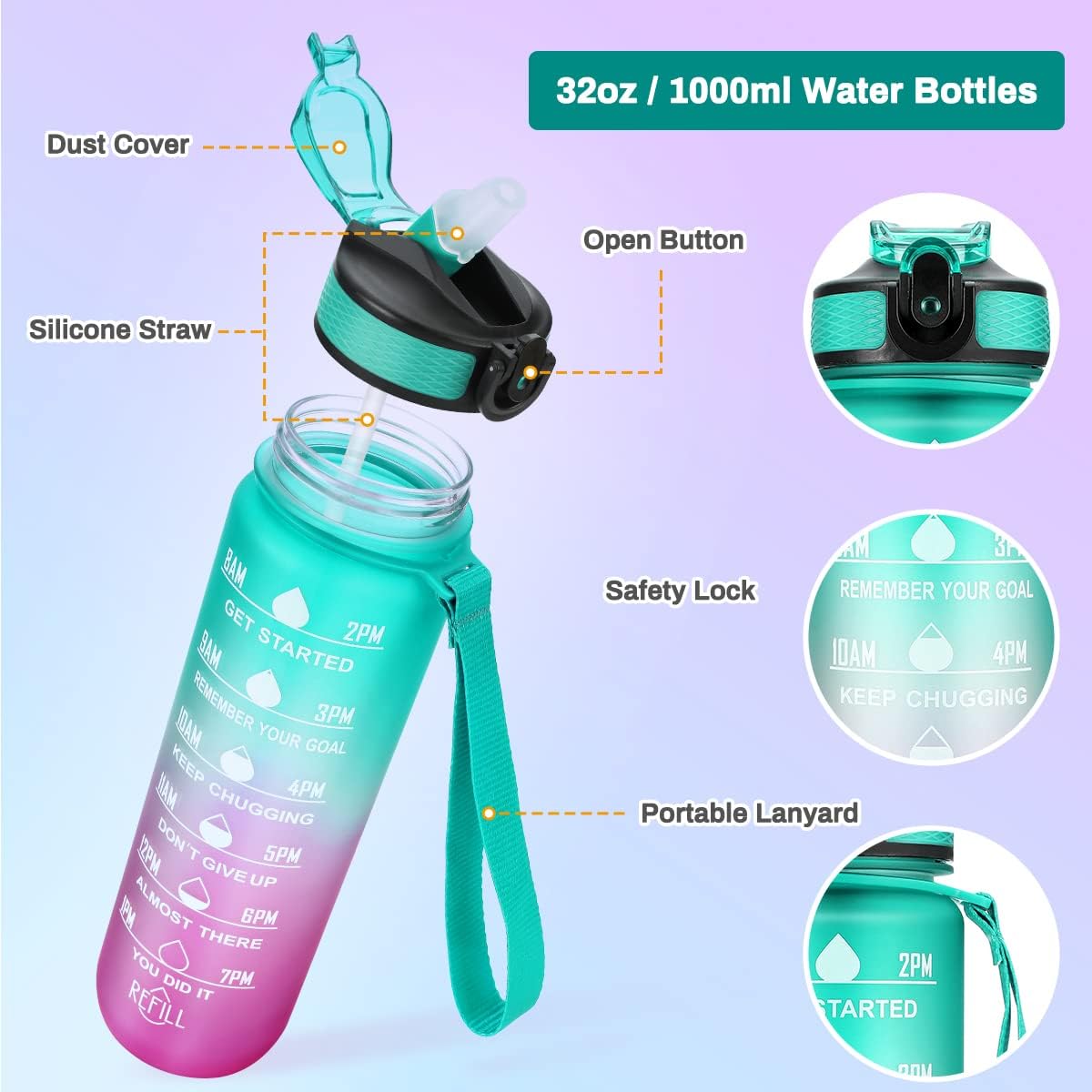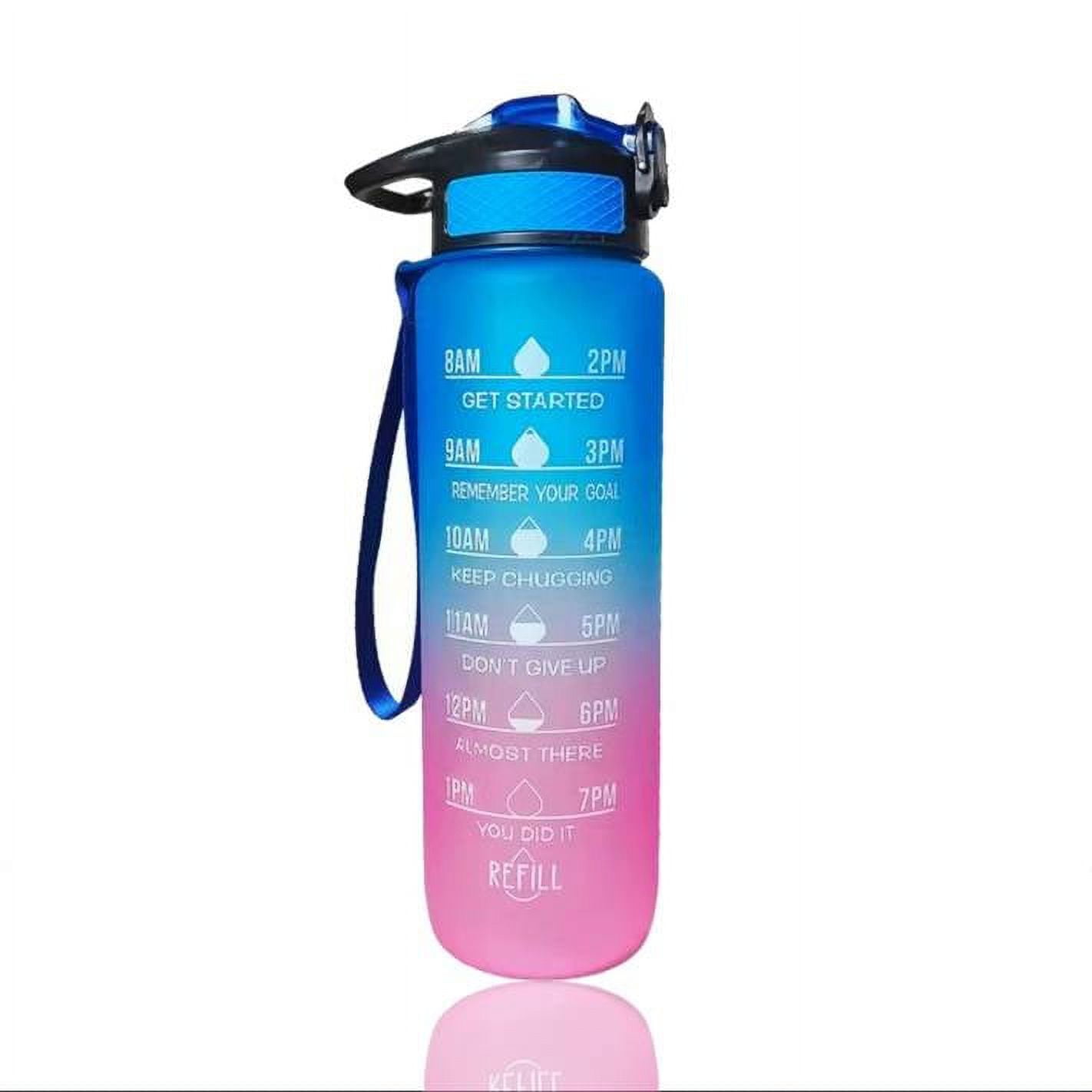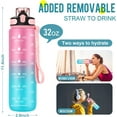1 Litre Water Bottle With Straw

The popularity of the 1-litre water bottle with a straw has surged in recent years, reflecting a growing awareness of hydration and convenience among consumers. These bottles, now ubiquitous in gyms, offices, and schools, represent a shift in how individuals approach their daily water intake.
The rise of these hydration vessels underscores broader trends in health and wellness, coupled with a desire for reusable and easily portable beverage containers. They promise to make staying hydrated easier than ever before.
Key Features and Design
The 1-litre water bottle with a straw typically features a capacity of 1000 millilitres (or roughly 34 fluid ounces), striking a balance between portability and adequate volume for daily hydration needs. These bottles commonly utilize materials such as BPA-free plastic, stainless steel, or Tritan, chosen for their durability and safety.
The straw design is a crucial element, allowing for convenient sipping without the need to tilt the bottle, making it suitable for use during activities like exercise or commuting. Many models incorporate leak-proof lids and secure closures to prevent spills and messes.
Variations and Customization
The market offers a wide array of designs and features. These can include insulated versions that keep beverages cold for extended periods and bottles with time markers to encourage consistent water consumption throughout the day.
Customization options are also prevalent, with companies offering personalized engravings, color choices, and branded designs. This allows consumers to express their individual styles while promoting their company.
Market Trends and Consumer Demand
The demand for these bottles aligns with increased public health campaigns emphasizing the importance of staying hydrated. Health organizations like the World Health Organization (WHO) recommend specific daily water intake based on factors such as activity level and climate.
The bottles also address growing concerns about single-use plastic water bottles and their environmental impact. The shift to reusable bottles is seen as a positive step towards reducing plastic waste.
Social media and influencer marketing have played a significant role in popularizing these bottles. Many fitness and wellness influencers showcase their favourite water bottles, further driving consumer interest.
Environmental Impact and Sustainability
The switch to reusable water bottles has the potential to significantly reduce plastic waste. However, the overall environmental impact depends on the lifespan of the bottle and how responsibly it is disposed of or recycled at the end of its life.
Companies are increasingly focusing on sustainable manufacturing practices, using recycled materials and promoting recycling programs for their products. Consumers are also becoming more conscious of choosing durable, long-lasting bottles to maximize their positive environmental impact.
Health and Safety Considerations
When choosing a water bottle, it is important to consider the materials used and ensure they are BPA-free and food-grade. Regular cleaning is crucial to prevent the build-up of bacteria and mould.
Some studies suggest that reusable water bottles can harbour harmful microorganisms if not cleaned properly. Experts recommend washing bottles daily with soap and water and occasionally sanitizing them with a diluted bleach solution.
Economic Impact and Industry Growth
The 1-litre water bottle with a straw market represents a significant segment of the broader reusable drinkware industry. The growth of this market has created opportunities for manufacturers, retailers, and related industries.
The economic impact extends beyond sales, including jobs in manufacturing, distribution, and marketing. The market has fostered innovation in design and materials, leading to improved product performance and sustainability.
Case Study: HydroMATE
HydroMATE, a popular brand specializing in hydration products, has witnessed substantial growth due to the increased demand for reusable water bottles. They offer a range of 1-litre bottles with straws, emphasizing user-friendly designs and encouraging consistent hydration.
Their success can be attributed to a combination of effective marketing, high-quality products, and a strong focus on customer satisfaction.
HydroMATE has embraced sustainability by incorporating recycled materials into their products and actively promoting environmentally responsible practices. This enhances their appeal with eco-conscious consumers.
The Future of Hydration: Innovations on the Horizon
The future of the 1-litre water bottle with a straw is likely to involve further advancements in materials science, design, and technology. This includes integration with health tracking apps, smart sensors to monitor hydration levels, and even self-cleaning technologies.
Companies are expected to continue prioritizing sustainability, using more recycled materials and exploring biodegradable alternatives. Consumers can anticipate more personalized and convenient hydration solutions, with bottles tailored to individual needs and preferences.
As awareness of the importance of hydration grows, the 1-litre water bottle with a straw will likely remain a popular and essential accessory for health-conscious individuals.

